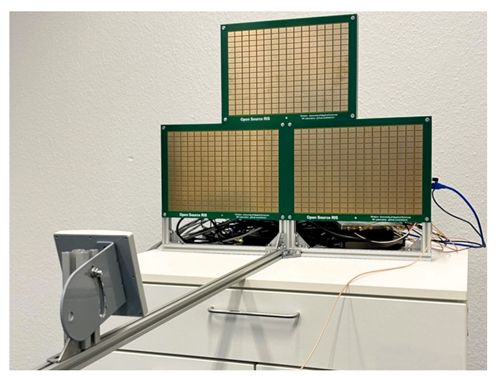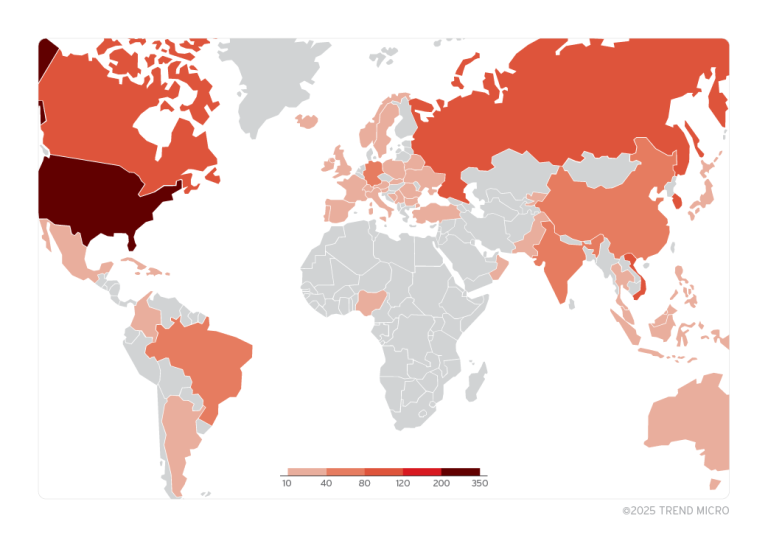
A team of scientists has demonstrated how the use of Reconfigurable Intelligent Surfaces (RIS) technology can significantly enhance the effectiveness of Wi-Fi attacks, enabling malicious actors to exert precise control over spatial interference.
Cybercriminals frequently resort to signal jamming to disable security systems in smart homes or disrupt automotive locking mechanisms. This method involves transmitting interference signals, effectively drowning out legitimate communication and resulting in a denial-of-service condition. However, as technology advances, attack techniques are becoming increasingly sophisticated.
A particularly alarming development is the ability to selectively jam individual devices, thereby reducing the likelihood of detection. For instance, in industrial environments where wireless communication governs critical equipment, a full-scale network outage would immediately trigger alarms. However, if an attacker could silence only a single targeted device, the attack might remain unnoticed.
The researchers investigated the role of RIS in facilitating such precision attacks. Their findings demonstrate that RIS can be leveraged to selectively suppress the signal of one or more specific devices, while leaving others completely unaffected.
RIS technology consists of programmable surfaces that can manipulate the propagation of radio waves. Originating from advancements in metamaterials, RIS is widely regarded as a key enabler for next-generation 6G networks.
The researchers likened RIS to a disco ball, which reflects radio waves in various directions. However, unlike an ordinary reflector, each facet of an RIS panel is individually controlled, allowing signals to be steered with pinpoint accuracy. In one remarkable experiment, the team managed to jam the signal of a single device while leaving another, positioned just 5 mm away, entirely unaffected.
The study’s authors emphasize that such precise interference techniques had not been extensively explored before. RIS significantly lowers the barrier to executing sophisticated jamming attacks, as it relies on cost-effective and relatively simple tools. However, the technology also presents new opportunities for defense, with researchers proposing countermeasures to mitigate RIS-based attacks, a crucial step toward enhancing the security of future wireless networks.
The findings will be presented at the Network & Distributed System Security (NDSS) Symposium in February in San Diego.


